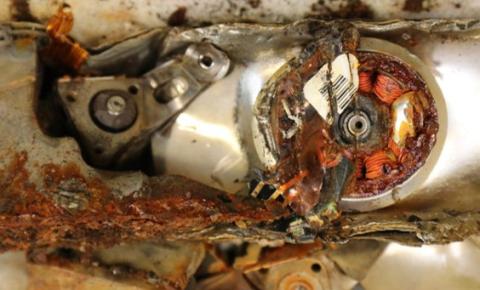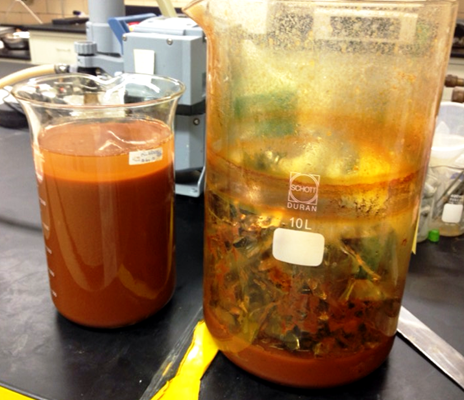
This CMI-funded research was conducted at Ames Laboratory
Achievement:
Best acid-free chemical solution (CuSO4) for preferential HDD-magnet dissolution at room temperature and varying solution concentrations has been selected
Significance and Impact:
Chemicals with highest hydrolytic stability and REE leaching selectivity for magnet dissolution from e-wastes (<4% of REE) are required for efficient recycling
Details and Next Steps:
- Other parts of HDDs (e.g. PCBs, ceramic or Al bases, etc.) are non-reactive with copper sulfate solution at recycling conditions
- Different Cu-based based solutions were tested, leading to CuSO4 being selected
- Next step is to determine the efficiency of the process including as a function of temperature

